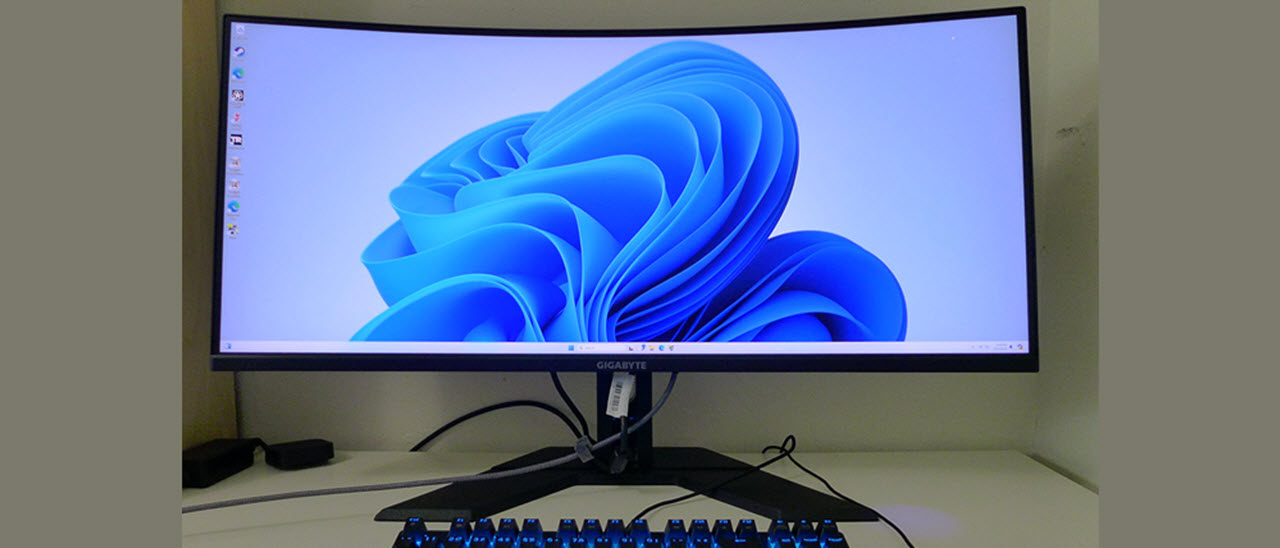Why you can trust Tom's Hardware
Our HDR benchmarking uses Portrait Displays’ Calman software. To learn about our HDR testing, see our breakdown of how we test PC monitors.
The GS34WQC switches automatically to HDR mode when an HDR10 signal is input. There are no picture controls available, but I found decent accuracy during testing.
HDR Brightness and Contrast



HDR mode locks brightness at maximum which gives the picture more impact, but there is no dimming happening here. That means black levels and contrast are the same as they are for SDR content. You’ll see more color saturation, but that’s about it. The GS34WQC supports HDR but doesn’t embrace it. If HDR quality is a priority, one of the other screens (not the Xiaomi) would be a better choice. Obviously, the Mini LED Philips is the best of all with its near-1,500-nit peak and infinite black levels.
Grayscale, EOTF and Color



The GS34WQC maintains its grayscale and color accuracy in HDR mode. There is a slight cool tone in the brighter parts of the image but not enough to detract. The EOTF tracks almost perfectly on the reference which means all tone mapping is correct. The transition point is at 65% which is appropriate for the measured black and white thresholds.
In the gamut tests, the GS34WQC hits all the DCI-P3 targets with little variation. Color is generally over-saturated for just a little extra impact. The Rec.2020 chart shows all targets are on or close until the GS34WQC runs out of color at around 85% red, 70% green and 90% blue. This is typical performance for wide gamut monitors without Quantum Dot backlights.
Test Takeaway: The GS34WQC is very color-accurate in HDR mode with reference-level tone mapping. Unfortunately, there is no dimming in operation, so ultimately, the image has no more depth or contrast. Extra color saturation produces a slight improvement, but this monitor more supports the standard than embraces it.
MORE: Best Gaming Monitors
Get Tom's Hardware's best news and in-depth reviews, straight to your inbox.
MORE: How We Test PC Monitors
MORE: How to Buy a PC Monitor
MORE: How to Choose the Best HDR Monitor

Christian Eberle is a Contributing Editor for Tom's Hardware US. He's a veteran reviewer of A/V equipment, specializing in monitors. Christian began his obsession with tech when he built his first PC in 1991, a 286 running DOS 3.0 at a blazing 12MHz. In 2006, he undertook training from the Imaging Science Foundation in video calibration and testing and thus started a passion for precise imaging that persists to this day. He is also a professional musician with a degree from the New England Conservatory as a classical bassoonist which he used to good effect as a performer with the West Point Army Band from 1987 to 2013. He enjoys watching movies and listening to high-end audio in his custom-built home theater and can be seen riding trails near his home on a race-ready ICE VTX recumbent trike. Christian enjoys the endless summer in Florida where he lives with his wife and Chihuahua and plays with orchestras around the state.
